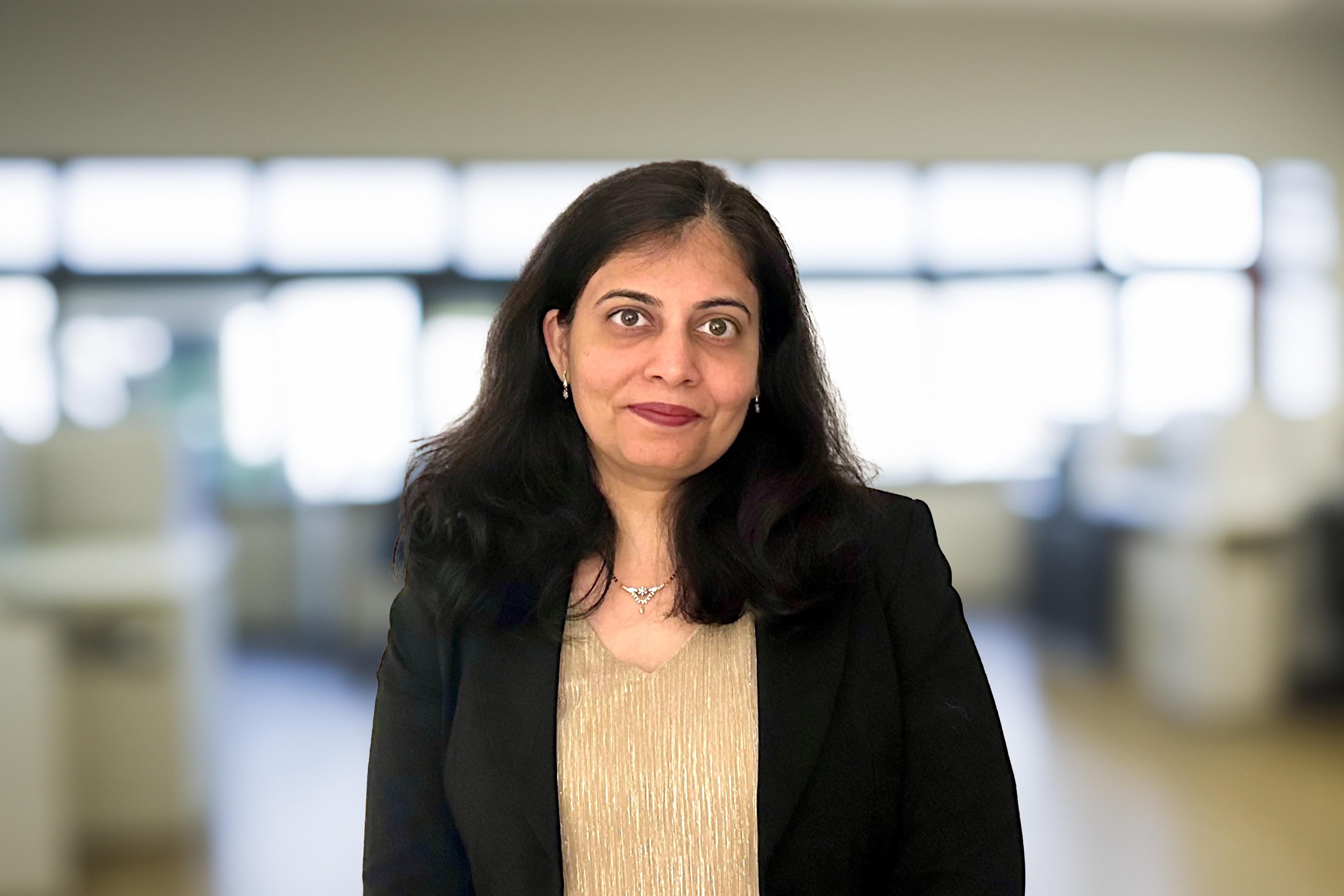EY refers to the global organization, and may refer to one or more, of the member firms of Ernst & Young Global Limited, each of which is a separate legal entity. Ernst & Young Global Limited, a UK company limited by guarantee, does not provide services to clients.
How EY can help
-
EY legal function consulting (LFC) professionals help clients design a legal function that is fit for their businesses’ future. Learn more.
Read more
It was critical for the teams to adopt a growth mindset throughout by embracing collaboration, experimentation, continuous learning and adaptability because, as Tom Orrison, Sr. Director of Legal Operations at Microsoft, noted, “the work that we do together in data and GenAI will be among the most durable efforts we pursue in our careers. It requires rapid experimentation to achieve its potential value, and EY teams brought together a robust group of business and academia professionals focused on advanced data science, engineering and the legal field to help set us up for success.”
Based on the outputs of the workshop, EY Law and technology teams believed that an AI tool that is integrated with the EY Global Tax Platform and systematically deploys GenAI to automate and improve tasks, could significantly reduce the time needed to comprehend required regulatory compliance actions. This tool is powered by Microsoft Azure Open AI and Microsoft Semantic Kernel, stemming from the alliance between the EY organization and Microsoft that allowed EY technology teams to gain early access to emerging Microsoft Azure AI capabilities. This allowed EY Law and technology teams to collaborate with the CELA Technology & Operations team and test the conversational assistant during a joint hackathon. The compelling responses and positive feedback allowed the teams to exit the hackathon with a framework and requirements for a more advanced GenAI proof of concept (POC) program.








